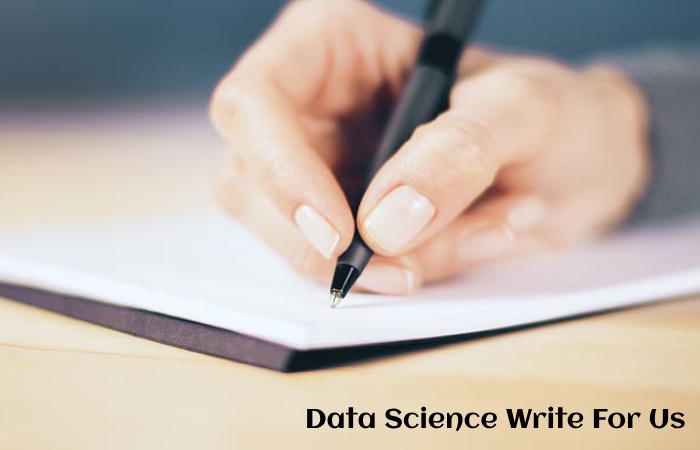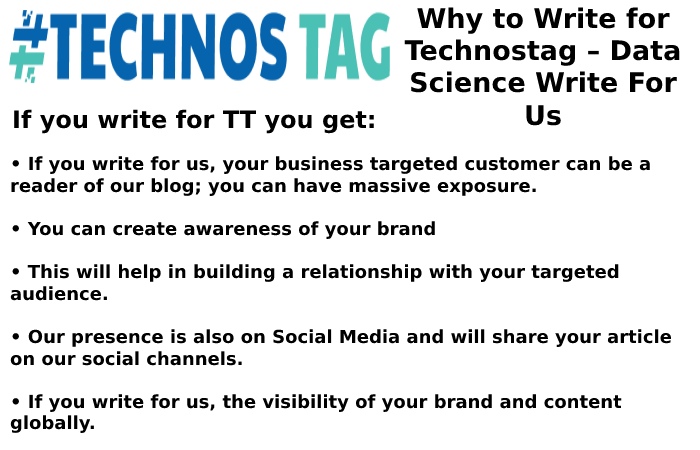Data Science Write For Us

Data science is an interdisciplinary domain centered on translating insights and knowledge from both structured and unstructured data, employing a display of techniques and tools. It unites sides of statistics, mathematics, computer science, and specialized domain information to examine general datasets, opening underlying designs, trends, and associations.
Professionals in data science use diverse methods, including data removal, machine knowledge, statistical study, and projecting models, to extract valuable insights from data. These insights serve to guide decision-making, tackle complex challenges, update processes, and temporarily innovate across countless sectors.
Data scientists are delivered with the essential tasks of collecting, refining, processing, and evaluating data to extract meaningful information. They skillfully communicate their conclusions to shareholders through data imagining, reports, and presentations. Their essential role lies in attaching the potential of data to resolve real-world issues, force business development, and lead innovation in today’s data-centric landscape.
How To Submit Your Guest Post?
To submit your article at technostag.com , you can send an email or pitch us at contact@technostag.com.
Why Write for Technostag – Data Science Write For Us
Search Terms Related to Data Science Write for Us Air
- Scientific
- interdisciplinary
- scientific methods
- Data science internship
- resources
- Data science consulting
- algorithms
- knowledge
- Data science research
- unstructured data
- data mining
- machine learning
- big data
- data analytics
- computational statistics
- statistics
- informatics
- methods
Search Terms for Air Cooler Write for Us
- Data science Write For Us
- Data science Guest Post
- Data science Submit Post
- Data science Contribute Post
- Submit An Article Data science
- Data science Write For Us
- Data science Guest Post
- Data science Submit Post
- Data science Contribute Post
- Data science Suggest A Post
- Data science + Write For Us
- Data science + Guest Post
- Data science + Submit Post
- Data science + Contribute Post
- Data science Guest Author
- Write For Us + Data science
- Guest Post + Data science
- Submit Post + Data science
- Contribute Post + Data science
- Writers Wanted Information
- Write For Us Nasa
- Guest Post Computing
- Submit Post Research
- Contribute Post Data analysis
- Become A Guest Blogger Data Engineer
Article Guidelines on Technostag – Air Cooler Write For Us
- We at Technostag welcomes fresh and unique content related to Air Cooler.
- Technostag allow a minimum of 500+ words related to Air Cooler.
- The editorial team of Technostag does not encourage promotional content related to Air Cooler.
- For publishing article at Technostag email us at contact@technostag.com.
- Technostag allows articles related to Latest Technology, Gadgets, Artificial Intelligence, Gaming, Start-Up, Cyber Security and many more
Related Pages
Gadgets Write For Us
Machine Learning Write For Us
Digital Marketing Write For Us
Anti Virus Write For Us
Gaming Write For Us
E-commerce Write For Us
Software Write For Us
Data Analysis Write For Us
Saas Write For Us
Cryptocurrency Write For Us
Smartphone Write For Us
Laptop Write For Us
Artificial Write For Us
Bitcoin Write For Us
Air Cooler Write For Us

